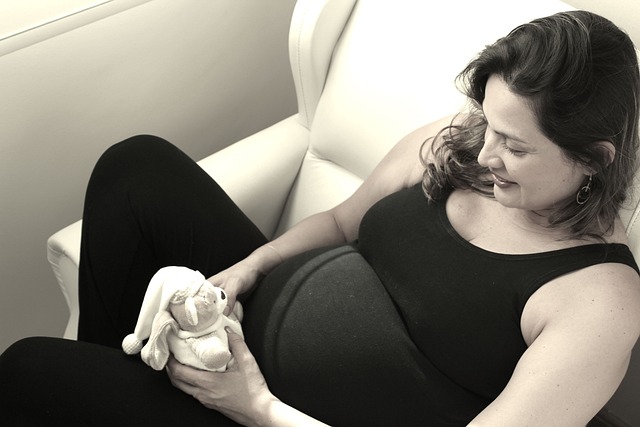If you’re considering starting a family, whether now or in the near future, it’s essential to begin with some solid expert guidance. Here’s an easy-to-digest overview of female fertility, including when you’re most likely to conceive and tips for enhancing your chances of pregnancy.
What is Female Fertility?
In simple terms, fertility refers to the ability to conceive within a year of regular, unprotected intercourse. However, if it takes longer, it doesn’t necessarily indicate infertility. Fertility is not a binary concept but exists on a spectrum:
- Optimal Fertility: Quick conception with little to no delays.
- Subfertility: Longer time to conceive, but still possible either naturally or through treatment.
- Infertility: Pregnancy is unlikely without treatments or donor eggs/sperm.
Assessing Your Fertility
There are many myths about how to gauge fertility, such as linking high libido or specific types of vaginal discharge to being fertile. This is misleading. Only a professional fertility assessment can accurately determine your ability to conceive, as home testing kits can’t measure critical fertility indicators like ovarian reserve. You should consider seeking help if:
- You’ve been trying for over a year
- You’re over 35 and concerned about fertility
- You have a medical condition that may affect fertility
The good news is that there are proactive steps you can take to improve your fertility.
Tips to Boost Fertility
Beyond just timing intercourse, there are a variety of lifestyle changes that can enhance your fertility naturally. What’s beneficial for your overall health typically benefits your reproductive health as well. Here are some expert tips:
- Maintain a balanced diet and regular exercise.
- Avoid smoking and illicit drugs.
- Limit alcohol and caffeine intake.
Understanding the Process of Conception
If you haven’t had success immediately, don’t be discouraged—1 in 7 couples face challenges when trying to conceive. Here are the essentials for understanding your fertile window:
- Ovulation: This typically occurs about 14 days before your next period in a standard 28-day cycle. To maximize your chances, aim for intercourse during your fertile window, which spans the day of ovulation and five days prior.
- Recognizing Ovulation Signs: A slight increase in body temperature and changes in vaginal discharge can indicate ovulation. While home kits can help, these signs don’t determine egg quality or overall fertility.
Your Menstrual Cycle Breakdown
- Menstruation: Day 1 starts with your period, which typically lasts five to seven days.
- Fertile Window: Generally falls between days 9-15 of your cycle.
- Luteal Phase: From days 16-28, your body prepares for a potential pregnancy or to restart the cycle.
Fertility Testing
If you’re concerned about your fertility, a comprehensive assessment can provide insight into your reproductive health and any underlying issues. This may include tests like AMH blood tests, AFC ultrasounds, and hormone level checks.
When to Consult a Specialist
If you’ve been trying for over a year to conceive through regular intercourse, it may be time to see a fertility expert. Certain situations warrant earlier consultations, especially if there are specific health concerns.
Common Questions
- When is fertility at its peak? Women’s fertility peaks in their late teens and twenties, gradually decreasing in their thirties.
- Is fertility hereditary? Genetics can play a role in fertility, but it’s not always straightforward to identify if infertility comes from genetic factors. Known genetic conditions like Turner syndrome, Fragile X syndrome, and Kallmann syndrome can impact fertility.
Conclusion
Starting your fertility journey can feel overwhelming, but remember you’re not alone. For further support and information, consider visiting resources like WebMD’s guide, and check out this blog post for insights into expected timelines. For those interested in home insemination solutions, Make a Mom offers a range of products that could be of assistance.

